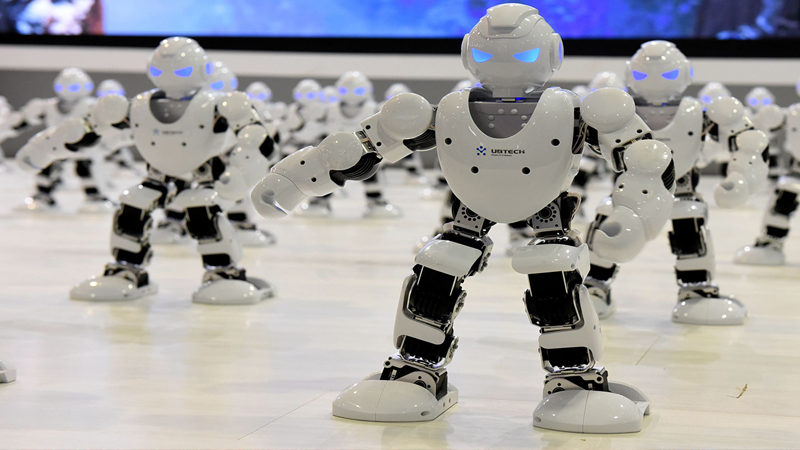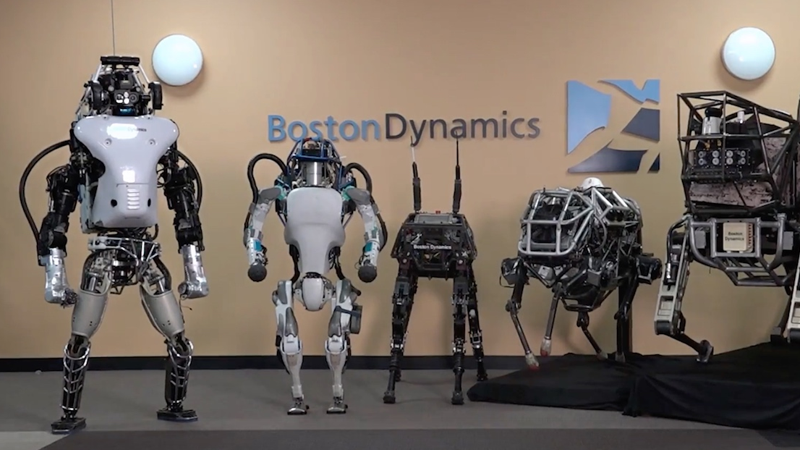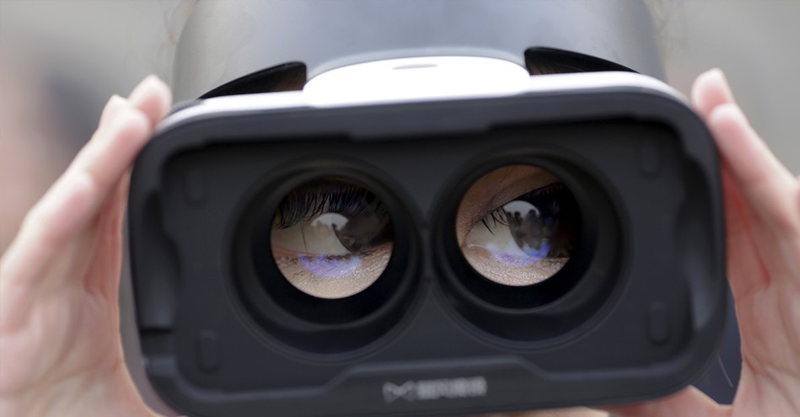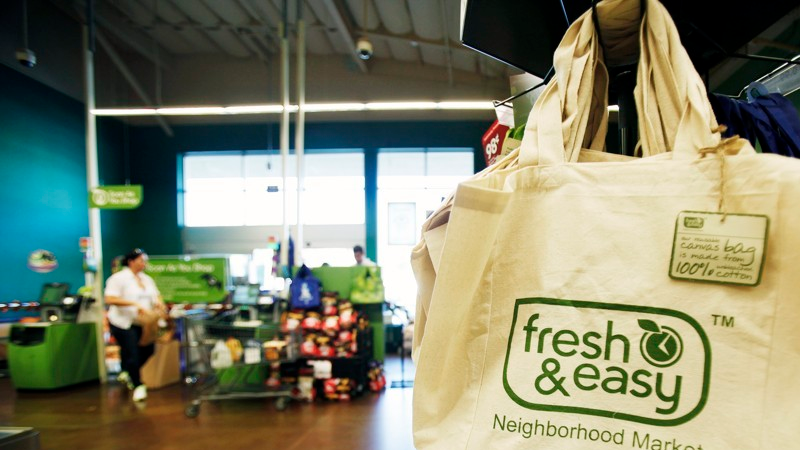If you’ve been following any tech news over the past year, you’ve probably heard some variation (or many) of the phrase “Bots are the new apps.”
These headlines, and the general narrative that bots will replace apps are completely missing the point. It’s not about bots. It’s not about artificial intelligence, machine learning, neural networks, natural language processing or any of the other buzzwords that have been thrown around ad nauseam lately. It doesn’t matter whether or not “Bots are the new apps” or how many times you’ve seen this graph:

It’s about solving a problem for your customer.
Bots, artificial intelligence, natural language processing, and all those other buzzwords can certainly help you communicate with your customer where and when they want. But frankly, your customer doesn’t give a shit if your product uses AI to classify what type of customer service inquiry they are making. They don’t care that your neural network is becoming smarter with each interaction; they just want you to solve their problem. And oh, by the way, they want you to solve it now!
Your customer doesn’t care that you can use machine learning to predict weather patterns and determine with high probability that it’s going to rain today. They just want to know if they should bring an umbrella to work before they leave in the morning!
Stop building bots, start building experiences
Humans have been interacting with bots for the past 50 years. ATMs, automated call systems, vending machines, and more — mainly for purposes of convenience. Why? Because sometimes, interacting with a robot and serving yourself is preferred over interacting with a human. And sometimes, it’s not. Have you ever hit zero to speak to a human after dialing a customer service number and being greeted by a robot? What about going to a self-checkout lane at CVS or Walgreens? We tend to choose the option that is most convenient for us in a given situation. When I need a refund because my cable company billed me twice, I want to talk with a human. When I am buying a new toothbrush and am in a hurry, I just want to interact with a self-checkout machine and go as quickly as possible. Similarly, sometimes, it makes sense to build a bot. And sometimes, it does not.
Today, bots are incredibly quick, easy, and cheap to build. I built the initial concept of Joy and got a few hundred friends and friends-of-friends to test it out in just a few weeks. Now, there are tens of thousands of people using Joy regularly. At Trunk Club, we recently built a bot in less than a week in order to test out some new concepts around onboarding customers. It was an awesome way to quickly get customer feedback. In both cases, the bot was just a tool — a means to an end in solving (or trying to solve) a problem. Nobody uses and returns to your product or service because it’s a bot, an app, or a website. They return because you’re solving a problem for them and creating an experience they enjoyed.
It’s not about bots.
I swear I’m not a cynic
All that said, I’m actually incredibly excited about the opportunities bots provide in building a great customer experience. Not because they are “smart” or are backed by a machine learning neural network that uses natural language processing to handle real time queries via an intelligent conversation engine (all the buzzwords!!!). I’m excited because bots can live and work where your customer already is. When your customer needs help, bots can be there to help immediately with less obstacles and less friction than ever before. Smart technology can certainly help you do this, but it is just a tool, it’s not the solution on it’s own.
2016 was all about the hype cycle around bots, artificial intelligence, and natural language processing. It was so overhyped for all the wrong reasons that by the end of the year, I actually found that using the word “bot” at all held a negative connotation.
My hope for 2017 is that we can get back to the basics and simply focus on solving problems for customers, rather than cramming technology and buzzwords into our products and services.









